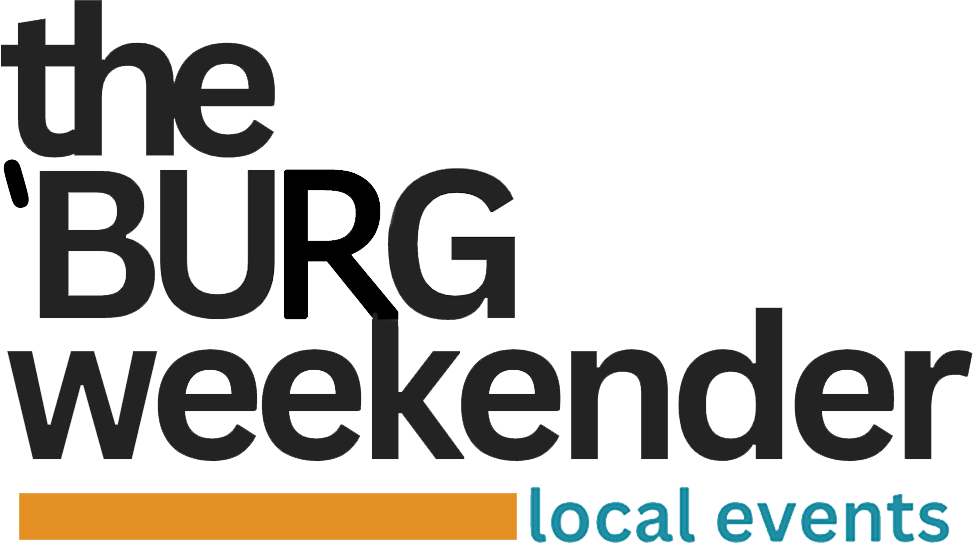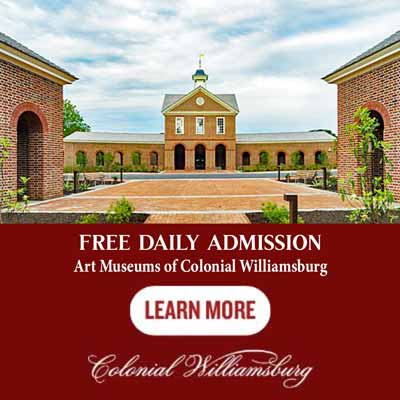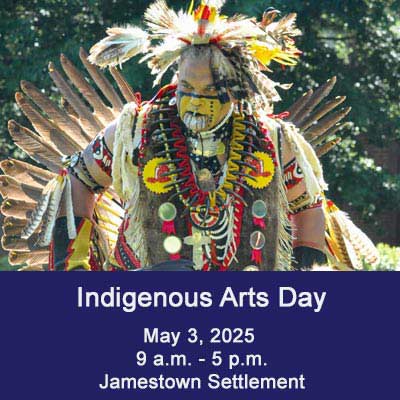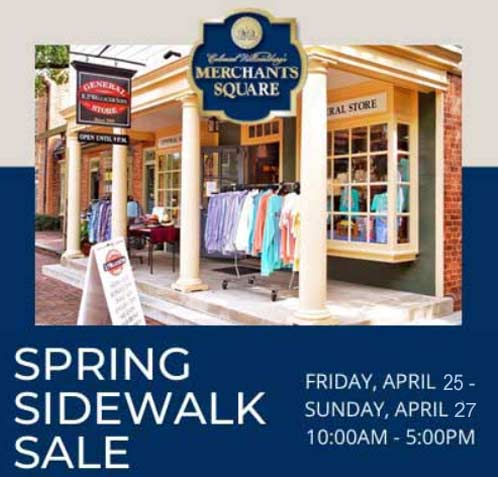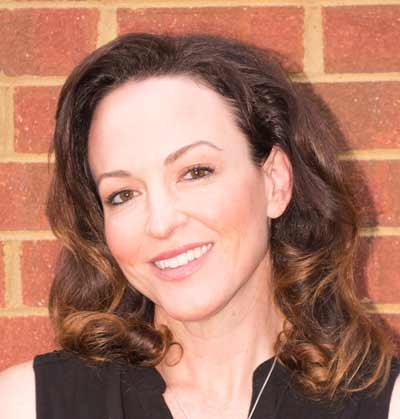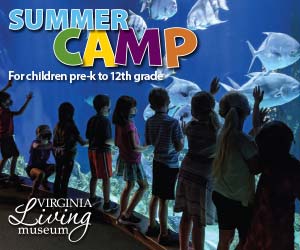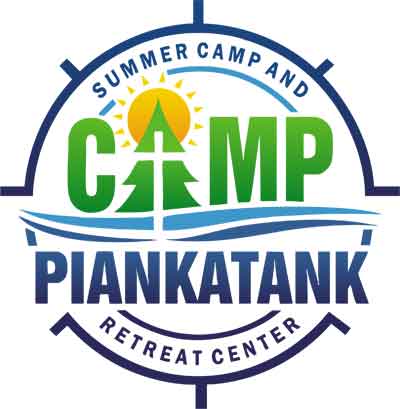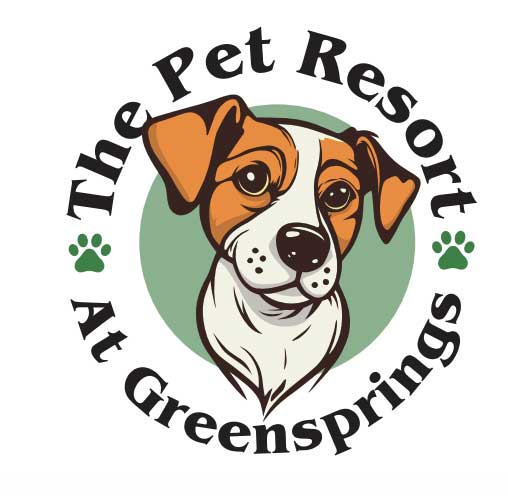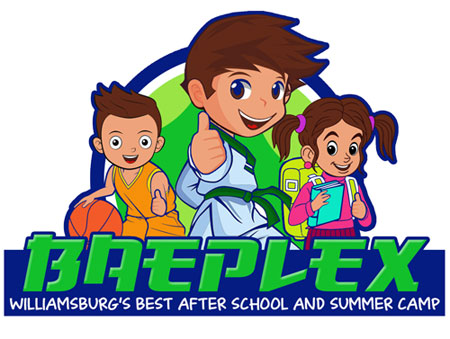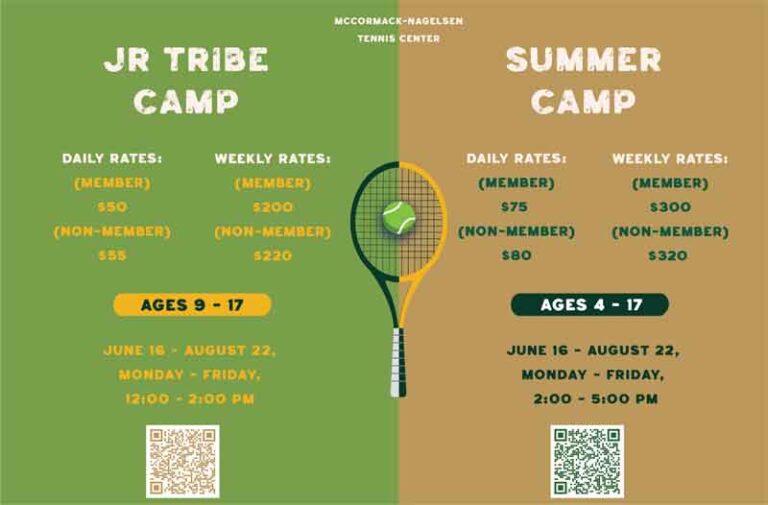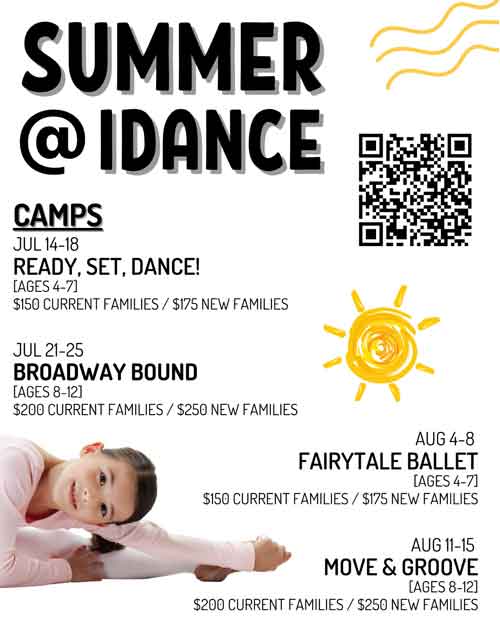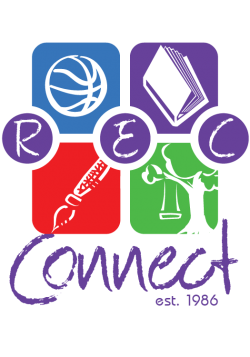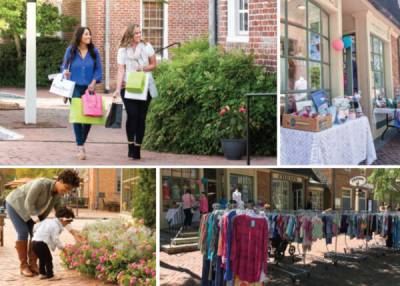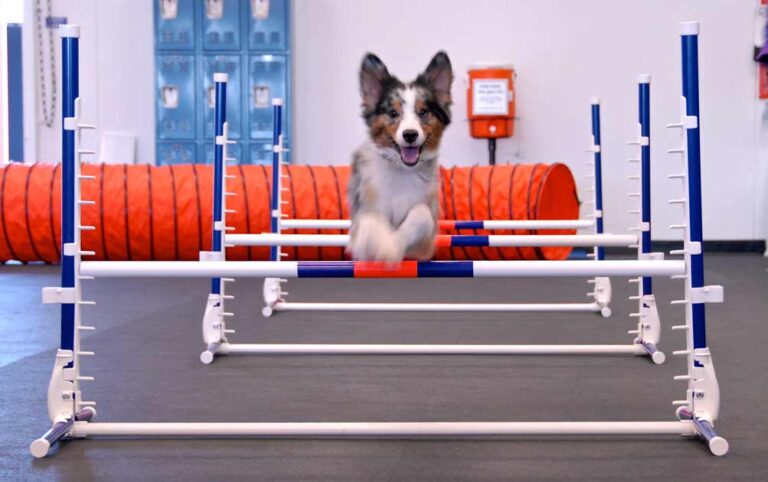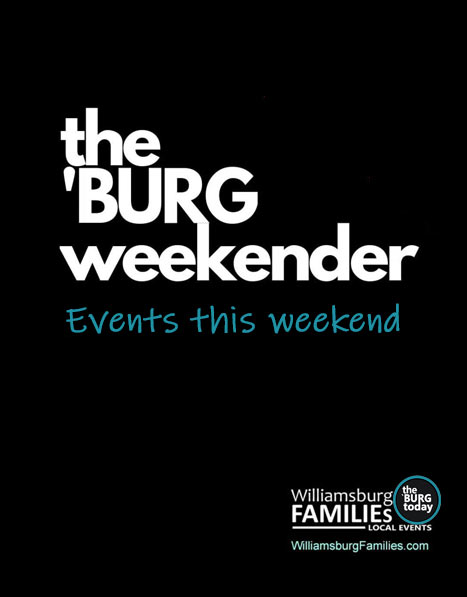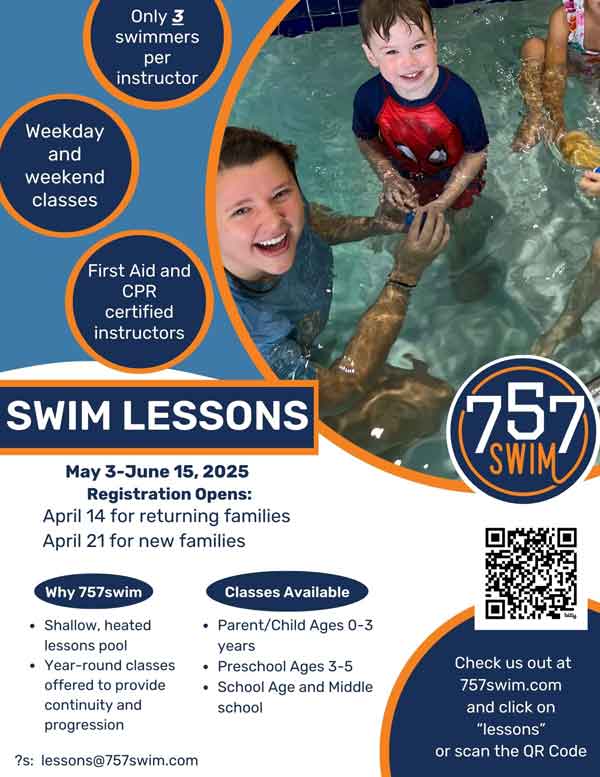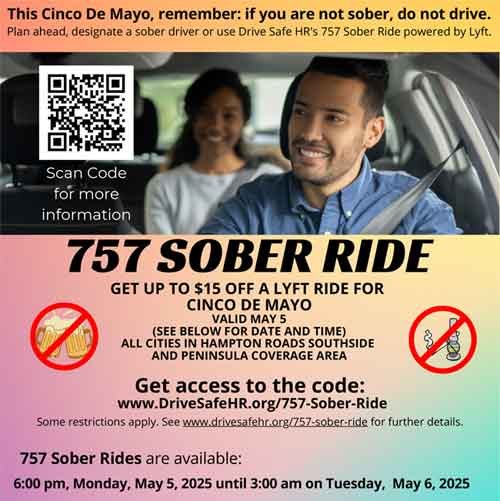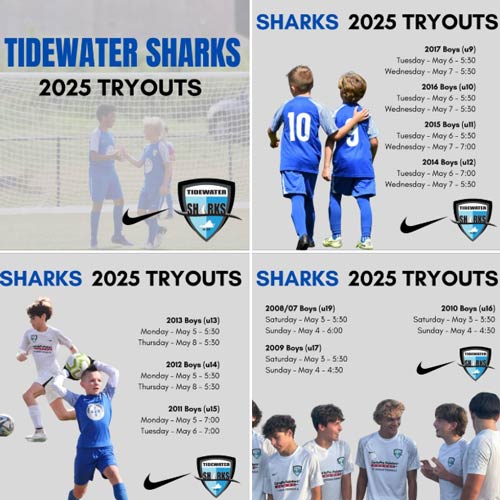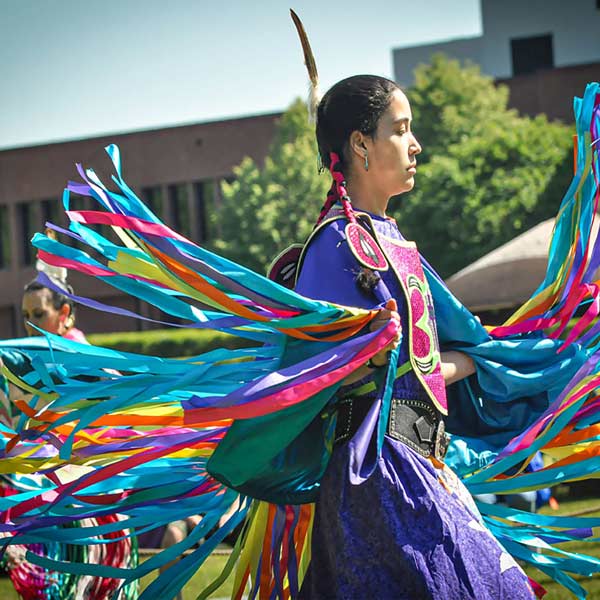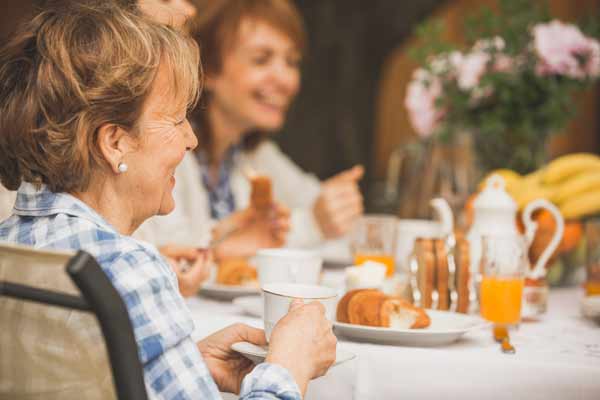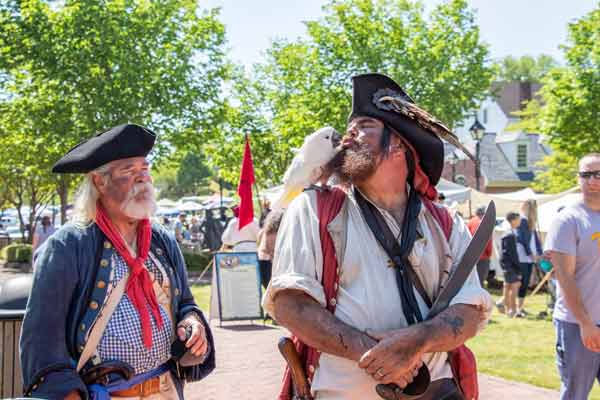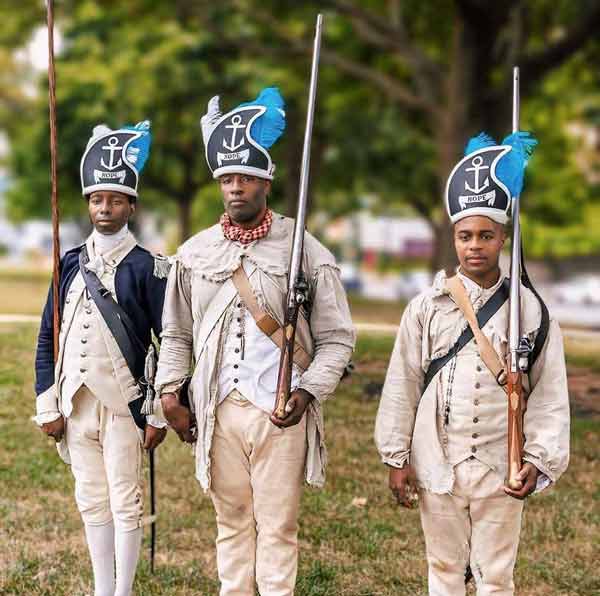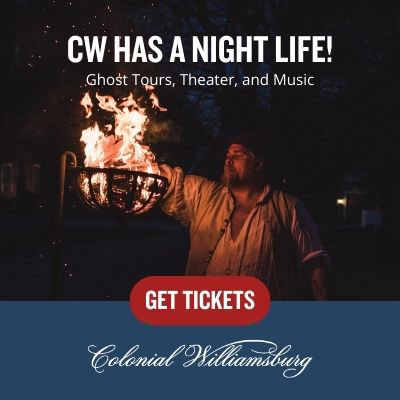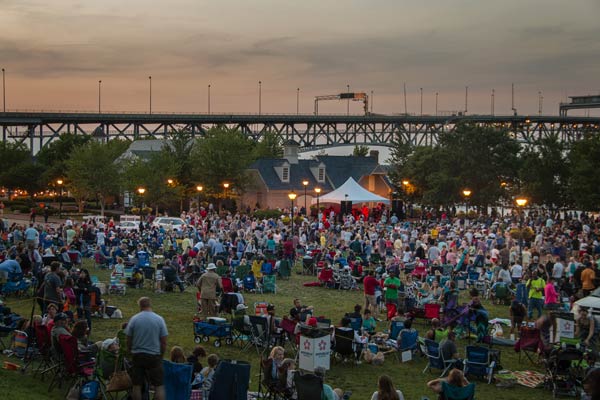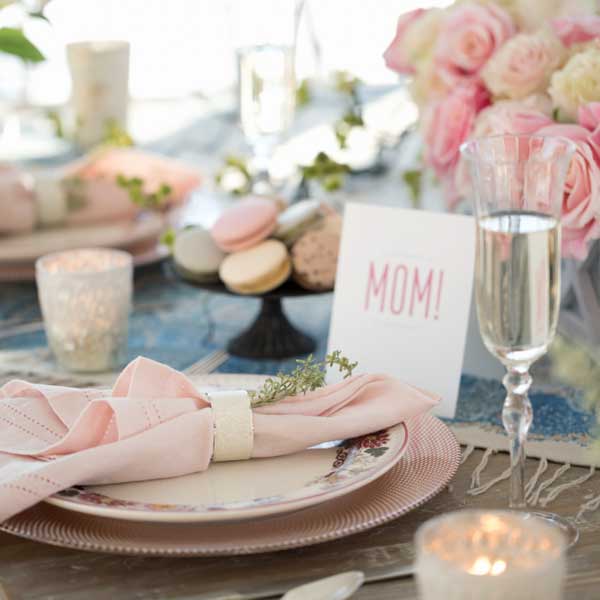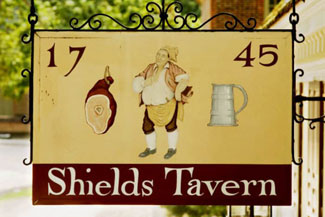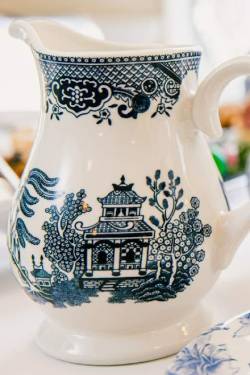Volunteers needed for sewing Halyard H600 masks for medical offices – here is how to help
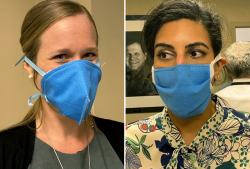
Volunteers needed for sewing Halyard H600 masks for Williamsburg area medical offices
We talked to Dr. Decker who took the initiative to purchase Halyard H600 fabric so that more masks could be made for medical centers in the area. And now she has enough fabric to make 3,000- 4,000 masks, she needs more volunteers. So, if you sew and have the time, she and the Peninsula Patriots can use your skills.
How can volunteers learn more?
We can provide instructions, a video tutorial, and special fabric to make special masks for hospital use. Contact Dr. Decker at PeninsulaPatriots@yahoo.com if you would like to contribute to this effort.
Dr. Decker can you tell us why you are using Halyard H600?
This fabric can be utilized in hospitals, called Halyard H600, which filters viruses better than that of N95 (99.9% of particulates vs. 95% for N95). H600s are still a last resort if N95s are not available, as the fit of homemade masks with H600 is not as tight as an N95, and they are not certified, nor FDA approved. H600s can also be reused providing they are decontaminated in one of the several ways as are N95s.
Can you tell me a little about the Peninsula Patriots?
Peninsula Patriots, a Virginia 501(c)(3) corporation, makes quilts to honor and celebrate combat veterans under normal circumstances. However, between 03/22/2020 and 04/22/2020, the Patriots have made and donated over 2,000 masks to hospitals, assisted living facilities, first responders, and local military personnel, to assist with the COVID-19 pandemic.
Will we still need to make and use masks as COVID-19 cases decrease?
Although Virginia may be approaching the peak of the first wave of COVID-19, the best information to date suggests a second wave this fall/winter is inevitable. Also, although some local hospitals are beginning to be better supplied, there are facilities, both in Williamsburg, and rural Virginia, who still need assistance. Hence, the Patriots are still making masks, and preparing for the second wave.
Can you tell me more about what Halyard H600 is used for and who thought of using it for masks?
An anesthesiologist at University of Florida, Dr. Bruce Speiss, and his medical team at UF worked in conjunction with a local quilter, Georgetta Graham, to develop masks made from H600. Its original use is as a wrapper for surgical instruments to protect them while being sterilized in an autoclave. Autoclaving is a method that uses high heat and pressure to sterilize objects, similar to cooking them in a pressure cooker. Full details of their masks and patterns can be found here
Can you go over the three decontamination methods for masks: paper bags, ultraviolet light, and the autoclave process?
There is a wonderful website called https://www.n95decon.org/ , organized by Stanford University, which lists several methods of decontaminating N95 masks for re-use and summarizes data for comparison. Autoclaving is likely to be the safest method for decontaminating masks made from H600, as the material is designed to be autoclaved. The specific form of masks we are using have not been tested with UV light, although a team of Virginia Commonwealth researchers including Dr. Kevin Leslie, Dr. Stephen Kates, have been optimizing methods of UV sterilization for N95, You can read about this decontamination process here. We hope to have decontamination of H600 masks tested with their method.
The paper bag method is a low-tech method that can be used by anyone and is acknowledged by the CDC for decontamination and extending the use of N95 masks. One utilizes 5 bags, labels each mask with the wearer’s name and day 1-5. After wearing the first mask on day 1, the used mask is placed in a bag in a dry place. The second mask is worn, then placed into bag 2 after day 2, and so on. After day 5, the first mask can be worn again, but should still treated with care, as if it is still contaminated. For full descriptions of CDC’s commentary on methods for extending the use of N95s visit here.
Can you give us an idea of the need for these masks among medical offices in the area and why they are still having a hard time ordering N95 masks?
The specific facilities of which we are aware that have an ongoing need for masks include our three large hospitals-Riverside Doctors Hospital and Sentara Regional Medical Center, Eastern State Hospital, Virginia Oncology Associates, and as they re-open, local family practice offices. Also, our assisted living facilities which contain residents with the highest-risk of succumbing to the complications of COVID-19, if ill, which include Spring Arbor (at the Landing), Windsor Meade, and Brookdale/Chambrel. We, and other groups have donated masks to all the above. The reason they still need more is that if cloth masks are used, each facility wants enough masks to use one, and have one laundered, so twice the number of staff and residents, which means hundreds of masks per facility. If using H600, or N95, they can only be decontaminated a few times, so each facility needs many hundreds, depending on how long the pandemic lasts. A prediction was made in 2009 by scientists that the U.S. would need in the neighborhood of 1 BILLION masks to combat a pandemic, and current estimates have confirmed that.
Thank you to Dr. Decker for taking the time to explain this all to us for purchasing all that fabric to help make these masks.
If you would like to learn more about making these masks and you live outside the Williamsburg area – visit University of Florida’s information page on Halyard Masks
Dr. Kathleen Decker is a retired physician in Williamsburg. She founded Peninsula Patriots in June, 2018 as a Quilts of Valor group to award quilts to “honor and comfort those touched by war,” then incorporated Peninsula Patriots as a Virginia 501(c)(3) to better serve local combat veterans and active duty military personnel. Her background is in molecular biology, psychopharmacology, and psychiatry. Her medical and graduate training was completed at Stanford University. She has taught at University of Washington and Eastern Virginia Medical School, worked for the US Air Force, and the Department of Veterans Affairs.
Article posted April 30, 2020


